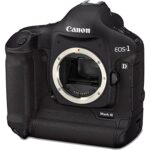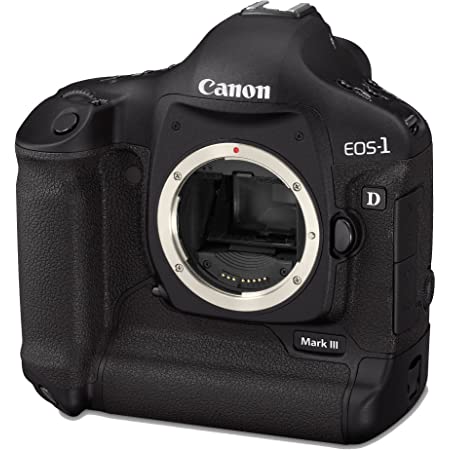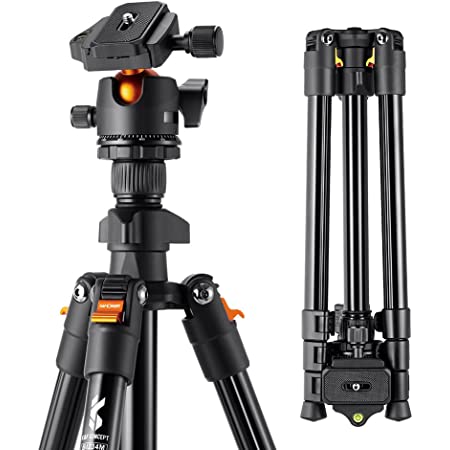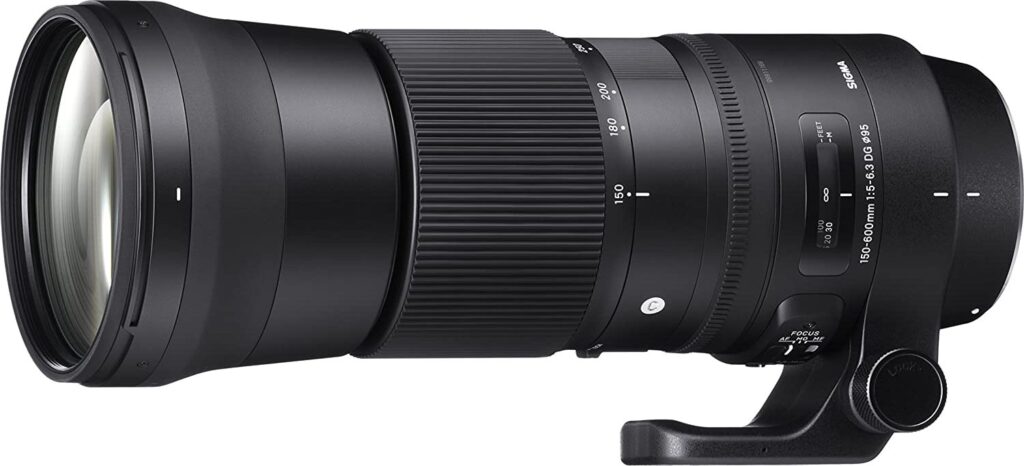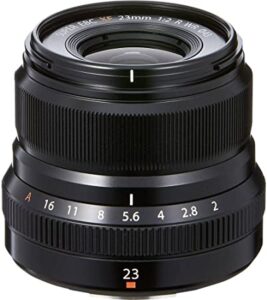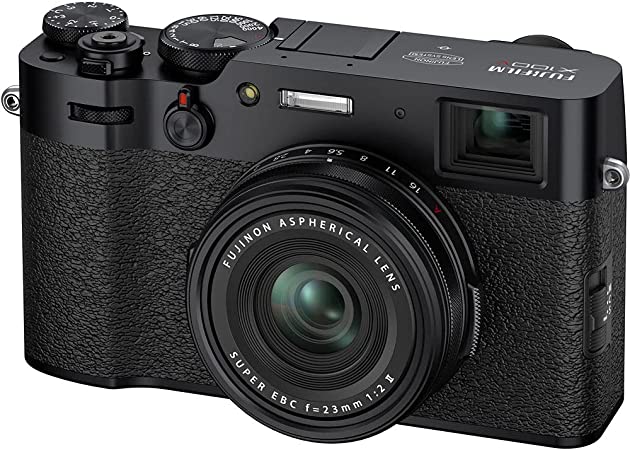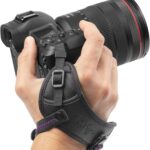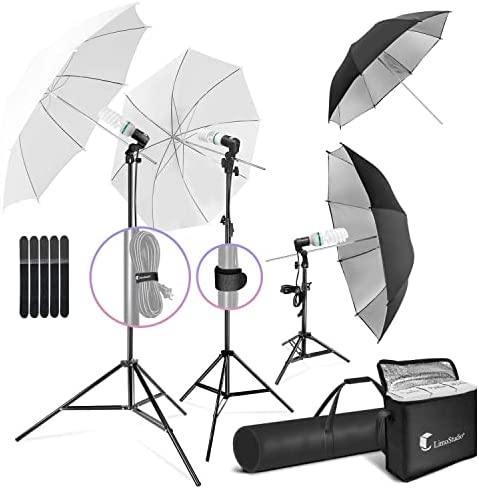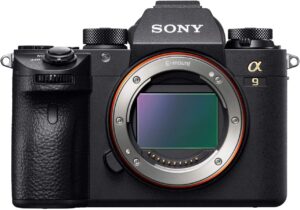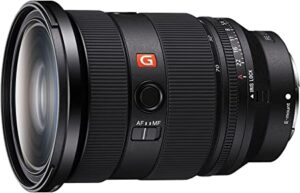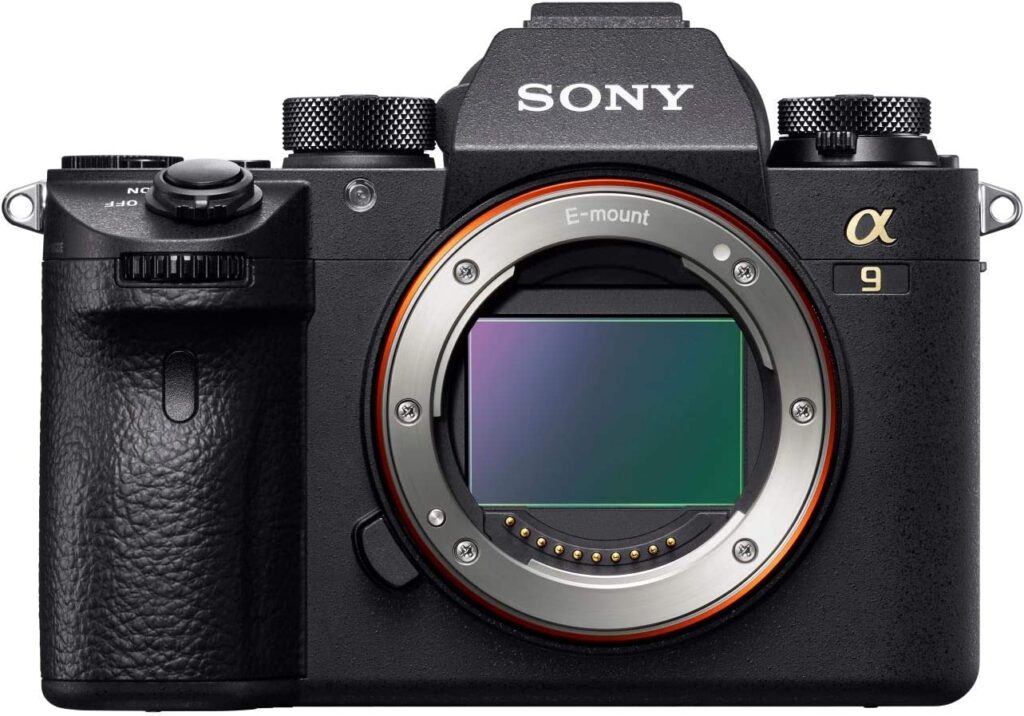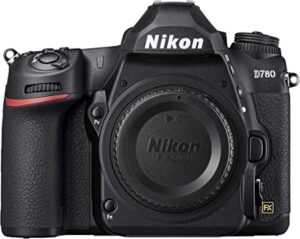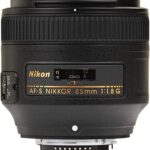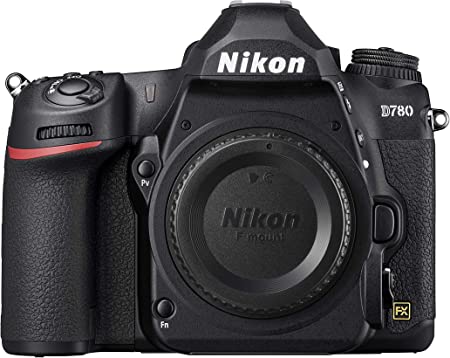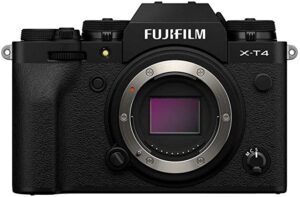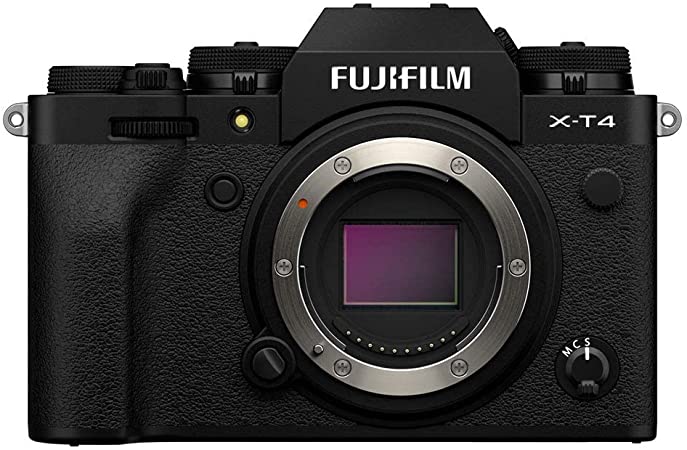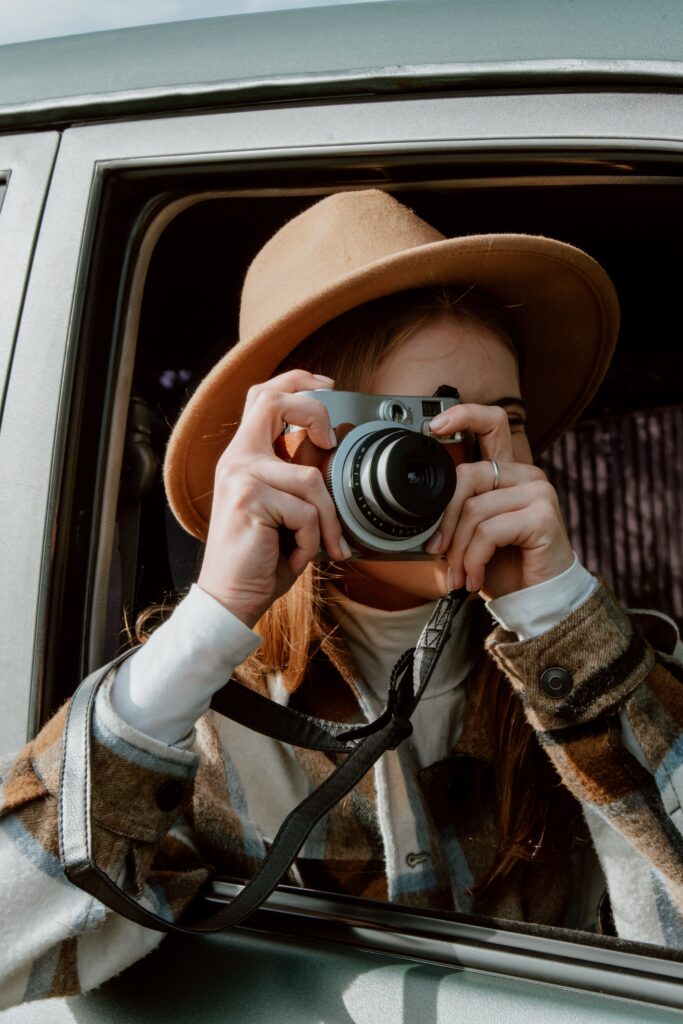Choosing the right photography gear
Table of Contents
As a photographer, having the right gear is essential for capturing the perfect shot. Whether you’re a professional or just starting out, it’s important to have equipment that is tailored to your specific photography niche. The right camera body, lenses, lighting, and accessories can make all the difference when it comes to capturing stunning images.
In this blog post, we will cover the best gear recommendations for different types of photography. From wildlife to street, product to wedding, portrait to travel, we will go over the most suitable camera bodies, lenses, lighting, and accessories for each niche. We will also talk about the factors that you should consider when choosing your equipment and how it can impact your photography. With this information, you will be able to make informed decisions when it comes to your gear and take your photography to the next level.
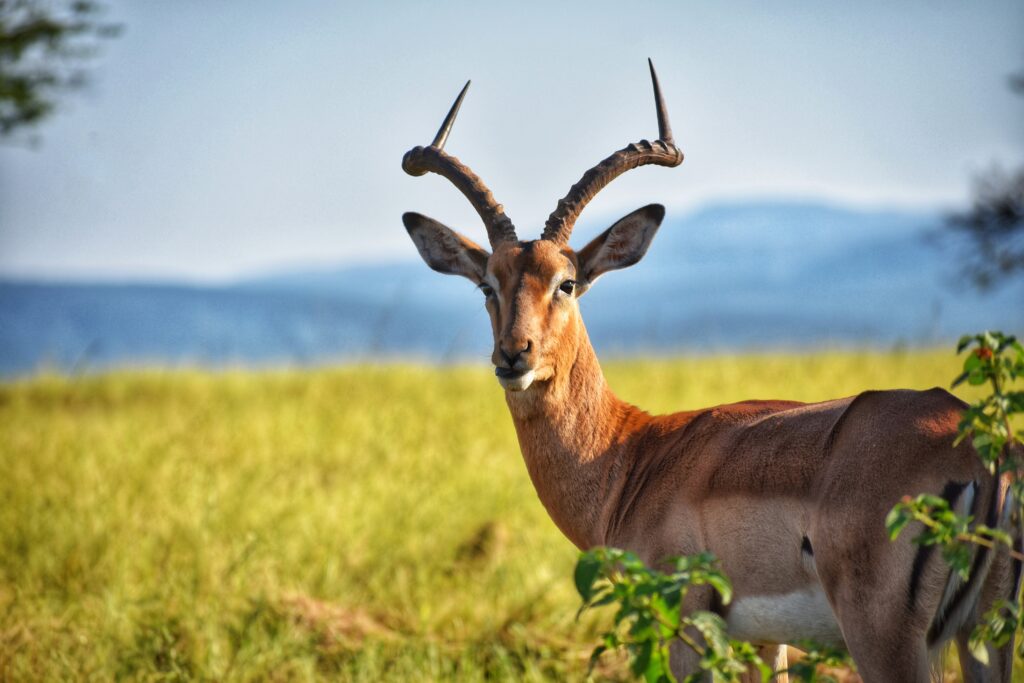
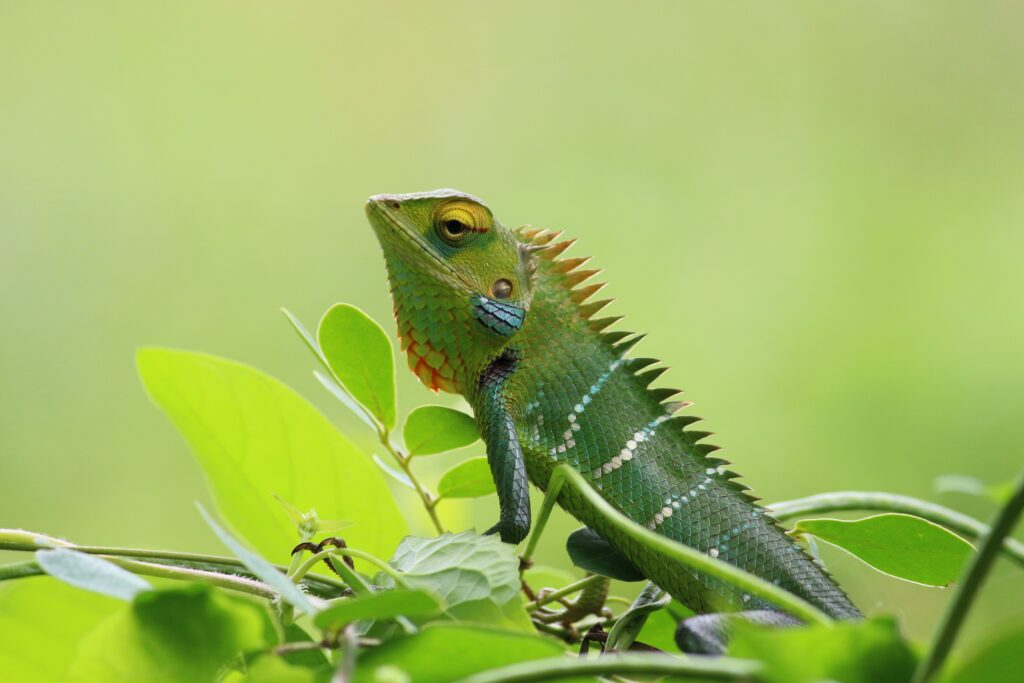
Wildlife Photography
Wildlife photography is all about capturing the beauty and majesty of nature, whether it be a majestic lion, a soaring bird or a curious monkey. It is a challenging and rewarding type of photography that requires specialized gear to truly capture the best images.
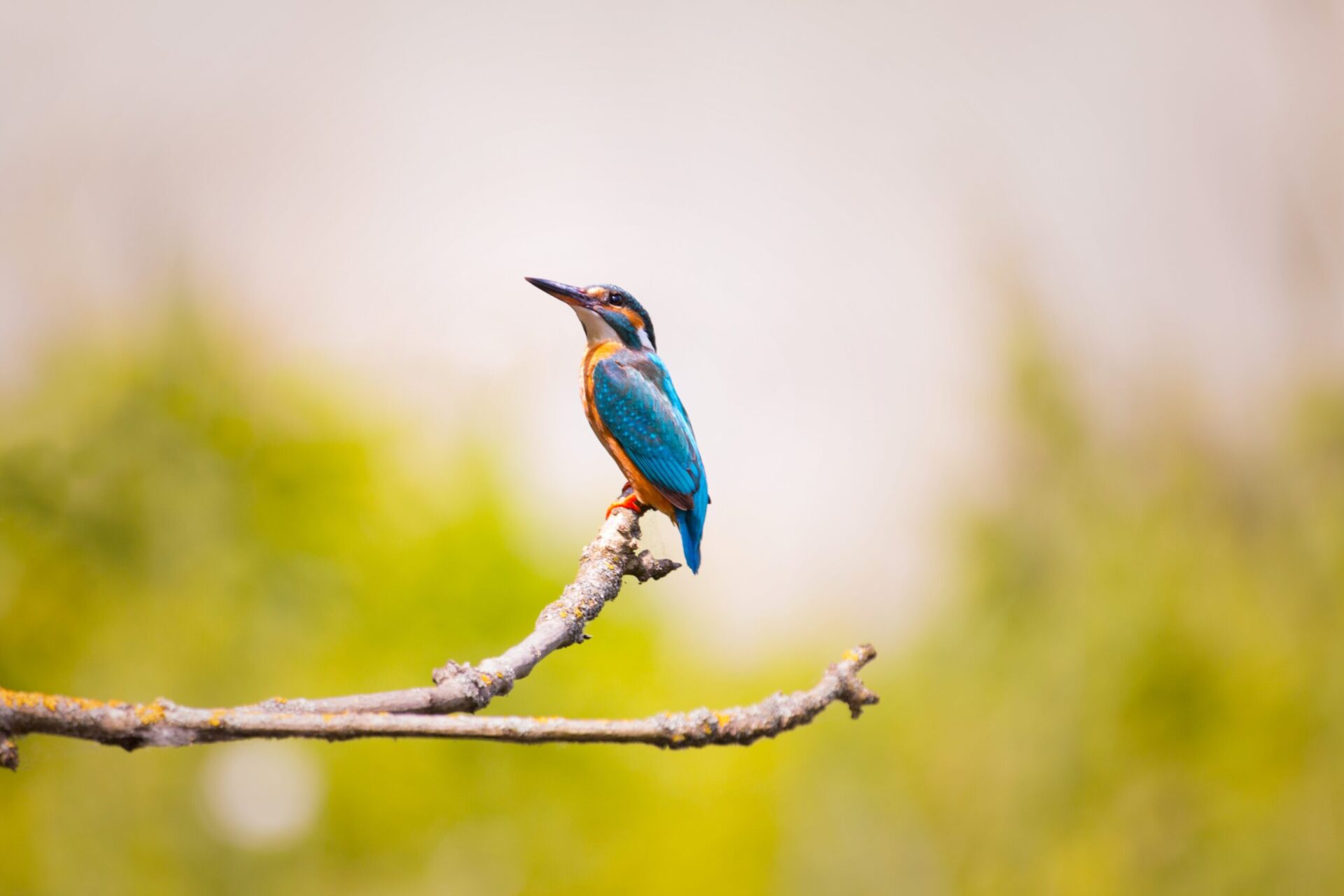
CAMERA BODY
When it comes to camera bodies, wildlife photographers typically prefer to use DSLR or mirrorless cameras that have high resolution and fast frame rate. High resolution allows you to crop your images without losing image quality and a fast frame rate allows you to capture fast-moving animals in action. Durability is also important in this type of photography as you may be in outdoor environments and rugged conditions. Some recommended camera bodies for wildlife photography include the Canon 1DX Mark III, Nikon D5, Sony Alpha a9, and Panasonic Lumix GH5.
LENSES
When it comes to lenses, telephoto lenses are ideal for wildlife photography. They allow you to fill the frame with your subject while keeping a safe distance. A wide aperture is also important for shooting in low light and achieving a shallow depth of field, which can help to blur the background and make the animal stand out. Image stabilization is also useful in this type of photography as it helps to minimize camera shake and produce sharp images, especially when using a long lens and/or slow shutter speed. Recommended lenses for wildlife photography include the Canon EF 600mm f/4L IS III USM, Nikon AF-S NIKKOR 500mm f/5.6E PF ED VR, and Tamron SP 150-600mm F/5-6.3 Di VC USD G2.
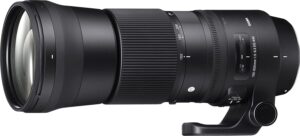
LIGHTING
When it comes to lighting, natural light is often considered the best option for wildlife photography as it produces a more natural look. However, in low light conditions, artificial lighting can be useful to create dramatic and moody images. Recommended lighting equipment for wildlife photography includes portable lighting equipment such as flash, speedlite or led light panels, which can be used to add light in low light situations or to emphasize certain features of the animal. Reflectors and diffusers can be used to control the harsh light of the sun and create natural-looking images.
ACCESSORIES
Accessories that are commonly used in wildlife photography include sturdy tripods, teleconverters, and extenders for stabilizing telephoto lenses, durable backpacks and bags to protect your gear from the elements. Examples of recommended accessories for wildlife photography are Gitzo GT5563GS Systematic Tripod or the Manfrotto MT055CXPRO4 055 for tripods, Canon EF 1.4x III Telephoto Extender or the Nikon TC-14E III Teleconverter for extenders and lenses bags such as the Lowepro Pro Trekker 650 AW II.
The Best gear for Wildlife Photography
Overall, wildlife photography requires specialized gear that is designed to capture fast-moving animals in various lighting conditions and rugged environments. By considering the right camera body, lenses, lighting, and accessories, you’ll be able to take your wildlife photography to the next level and create stunning images of the natural world.
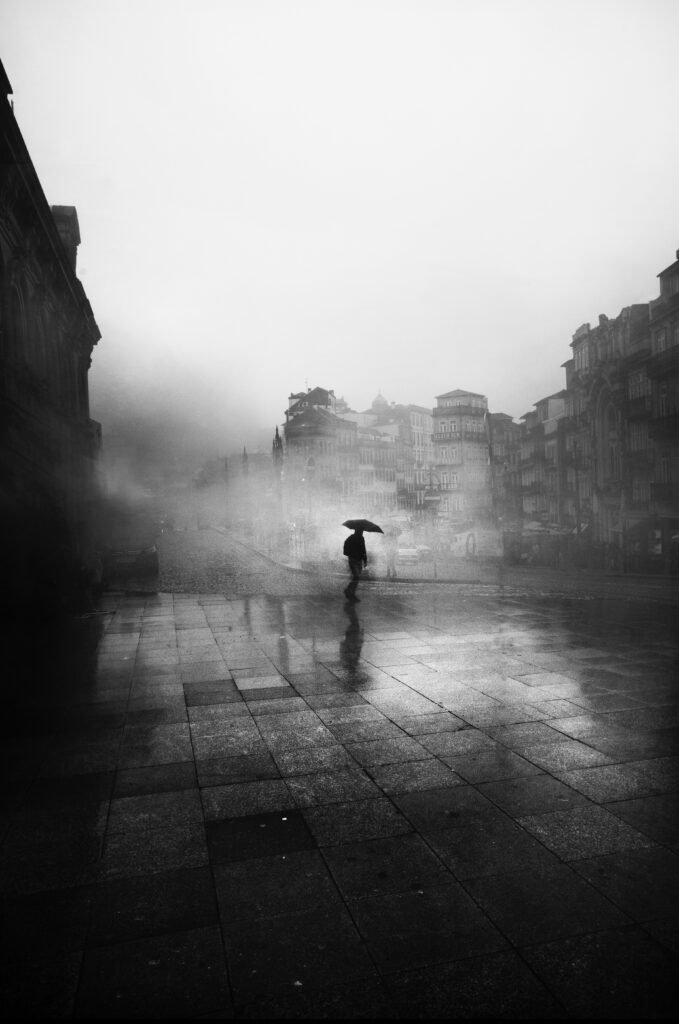
Street Photography
Street photography is all about capturing candid moments, emotions, and the human condition on the streets of the world. Street photographers are always on the lookout for interesting scenes and characters to photograph. Street photography requires a different approach than other types of photography, and thus requires specialized gear that allows for quick and discreet capturing of images.
Body
When it comes to camera bodies, street photographers prefer to use compact and discreet camera bodies, such as mirrorless or rangefinder cameras. A compact size and low profile make it easy to blend in and capture candid moments without drawing attention. Factors to consider when choosing a camera body for street photography are compactness, discretion and the ability to shoot with high ISO without producing too much noise. Some recommended camera bodies for street photography include the Fujifilm X100V, Sony Cyber-shot RX1R II, or the Leica Q2.
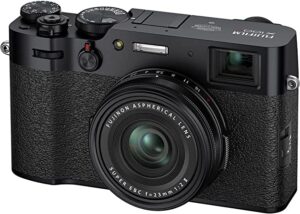
Lens
When it comes to lenses, wide-angle lenses are ideal for street photography as they allow you to capture a sense of place and environment in your shots. The focal length allows to capture large scene in one frame and the ability to focus fast is important when capturing candid moments. Factors to consider when choosing a lens for street photography are focal length, aperture and focusing speed. Recommended lenses for street photography include the Fujifilm XF 23mm f/2 R WR, Sony FE 28mm f/2 or the Leica Summilux-M 35mm f/1.4 ASPH.
Lighting
When it comes to lighting, street photographers often rely on natural light, using the available light to create dynamic and interesting compositions. However, in certain situations, small portable lighting equipment can be used to create dramatic lighting effects and add mood to an image. Factors to consider when choosing lighting equipment for street photography are its portability and the ability to control the light direction and intensity. Recommended lighting equipment for street photography includes small portable lighting equipment such as speedlights or led light panels.
Accessories
In terms of accessories, street photographers often use compact tripods for stabilizing their shots and camera straps for quick and easy access to their gear. Protective cases are also important for keeping your equipment safe and secure. Factors to consider when choosing accessories for street photography are portability, durability and the ability to keep gear discreet. Some recommended accessories for street photography include the Oben CT-2491 Carbon Fiber Tripod, Peak Design Cuff Camera Wrist Strap, or the Think Tank Retrospective 7 Shoulder Bag.
The Best gear for Street Photography
Street photography requires gear that allows for quick and discreet capturing of images in a variety of lighting conditions. By considering the right camera body, lenses, lighting, and accessories, you’ll be able to take your street photography to the next level and create stunning images that tell a story.
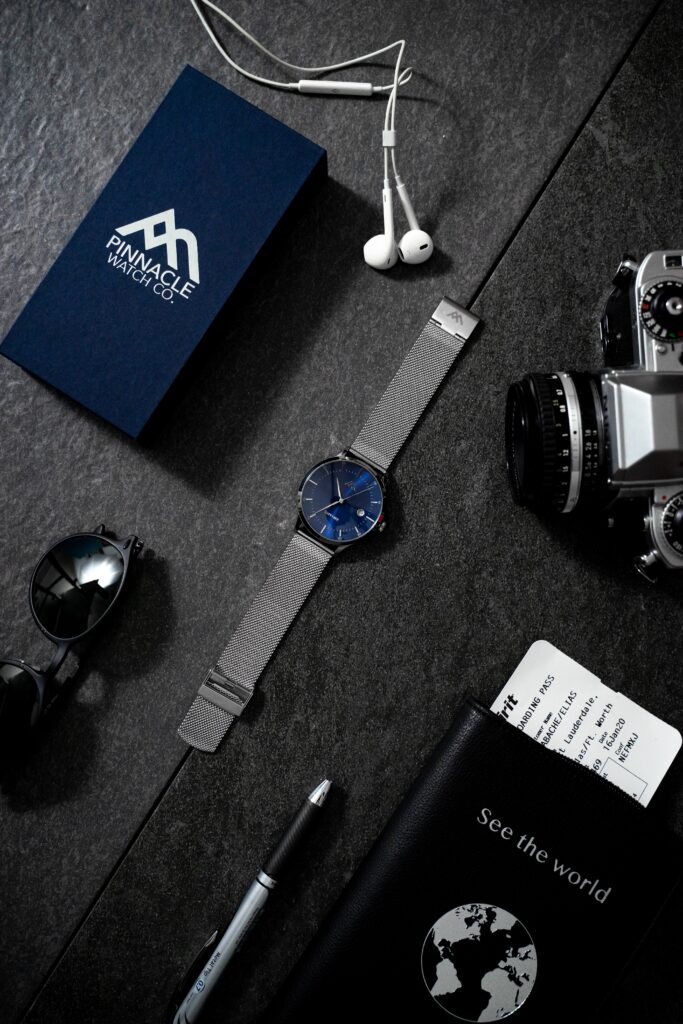
Product Photography
Product photography is all about showcasing products in their best light, capturing high-quality images that highlight the product’s features and details. Professional product photographers use specialized gear to create images that are clear, crisp, and visually appealing.
Body
When it comes to camera bodies, product photographers typically use high-resolution cameras with good low-light performance. Factors to consider when choosing a camera body for product photography are resolution, dynamic range and the ability to shoot in low-light condition. Some recommended camera bodies for product photography include the Canon EOS R5, Nikon D850, or the Sony a7R III.
Lens
When it comes to lenses, macro lenses are ideal for product photography as they allow you to capture the finest details of the product. Factors to consider when choosing a lens for product photography are focal length, aperture, and image stabilization. Recommended lenses for product photography include the Canon EF 100mm f/2.8L Macro IS USM, Nikon AF-S VR Micro-Nikkor 105mm f/2.8G IF-ED, or the Sony FE 90mm f/2.8 Macro G OSS.
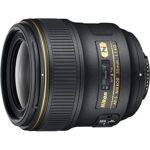
Lighting
When it comes to lighting, product photographers typically use studio lighting to create even and consistent lighting on the product. Controlled lighting allows photographers to create the perfect lighting for each product, highlighting its features and details. Factors to consider when choosing lighting equipment for product photography are the ability to control the direction and intensity of the light. Recommended lighting equipment for product photography includes studio strobe lights, softboxes, and umbrellas.
Accessories
When it comes to accessories, product photographers use a variety of equipment to create the perfect background and showcase the product in the best light. Light tents, backdrops, and reflection boards are commonly used to create the perfect background and lighting for the product. Factors to consider when choosing accessories for product photography are functionality and durability. Recommended accessories for product photography include the LimoStudio Photography Continuous Lighting Kit, Neewer 5-in-1 Reflector, or the Manfrotto 1051BAC Aluminum Backlight Stand.
The Best gear for Wildlife Photography
Product photography requires specialized gear to capture the finest details of the product and showcase it in the best light. By considering the right camera body, lenses, lighting, and accessories, you’ll be able to take your product photography to the next level and create stunning images that will help sell the product.
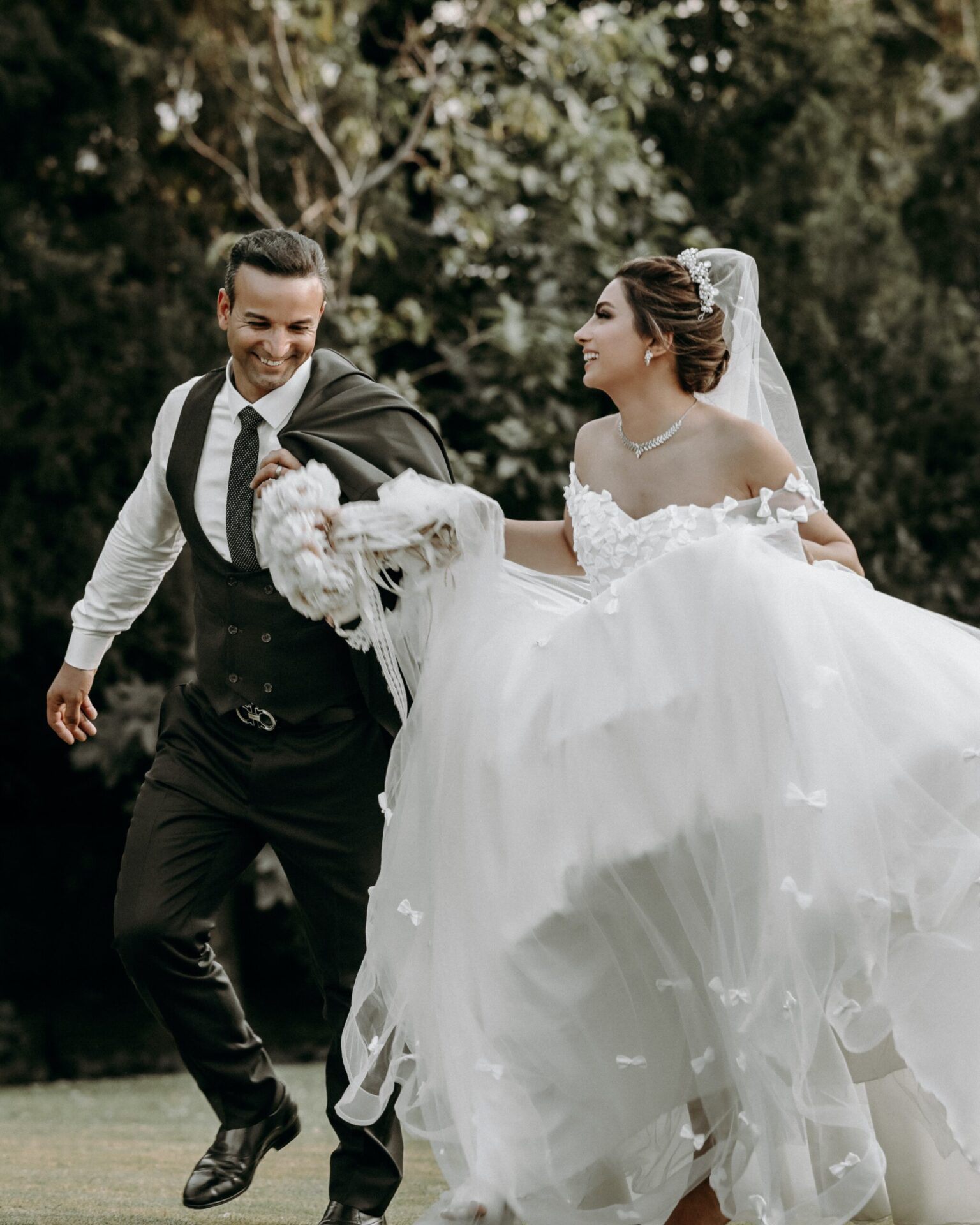
Wedding Photography
Wedding photography is all about capturing the magic and emotions of one of the most special days of someone’s life. Wedding photographers need to be able to capture the beauty and elegance of the event while also being quick and unobtrusive. Specialized gear is essential to capture the special moments and emotions of the big day.
Body
When it comes to camera bodies, wedding photographers typically use high-resolution cameras with fast frame rates. Factors to consider when choosing a camera body for wedding photography are resolution, fast frame rate, and low-light performance. Some recommended camera bodies for wedding photography include the Canon EOS R6, Nikon Z7, or the Sony a9 II.
Lens
When it comes to lenses, versatile zoom lenses are ideal for wedding photography as they allow you to quickly switch between focal lengths and capture a variety of moments. Factors to consider when choosing a lens for wedding photography are focal length range, aperture, and image stabilization. Recommended lenses for wedding photography include the Canon EF 24-70mm f/2.8L II USM, Nikon AF-S NIKKOR 24-70mm f/2.8E ED VR, or the Sony FE 24-70mm f/2.8 GM.
Lighting
When it comes to lighting, wedding photographers often rely on natural light as it can create a beautiful and natural look to the images. They also use off-camera flash to add fill light and create depth in harsh sunlight conditions or for low-light settings such as indoor ceremonies or receptions. The ability to control the direction and intensity of the light is important when choosing lighting equipment for wedding photography. Recommended lighting equipment for wedding photography include portable flash units such as the Canon Speedlite 600EX II-RT or the Nikon SB-5000, and off-camera flash triggers such as the Phottix Odin II or the PocketWizard Plus IV.
Accessories
When it comes to accessories, wedding photographers need to have extra memory cards, batteries, and camera bags to make sure they have enough storage and power to last through the whole event. A sturdy tripod is also necessary to stabilize the shots, especially in low light conditions. Factors to consider when choosing accessories for wedding photography are durability, portability and the ability to have backup gear readily available. Some recommended accessories for wedding photography include the SanDisk Extreme Pro SDXC Memory Card, the Canon LP-E6N Battery Pack, or the Think Tank Retrospective 30 Shoulder Bag for camera bags, and the Manfrotto MT055CXPRO4 055 or the Gitzo GT5563GS Systematic Tripod for tripods.
The Best gear for Wedding Photography
Wedding photography requires gear that allows you to be quick, unobtrusive and capture the special moments and emotions of the big day. By considering the right camera body, lenses, lighting, and accessories, you’ll be able to take your wedding photography to the next level and create stunning images that will help the couple remember their special day forever.
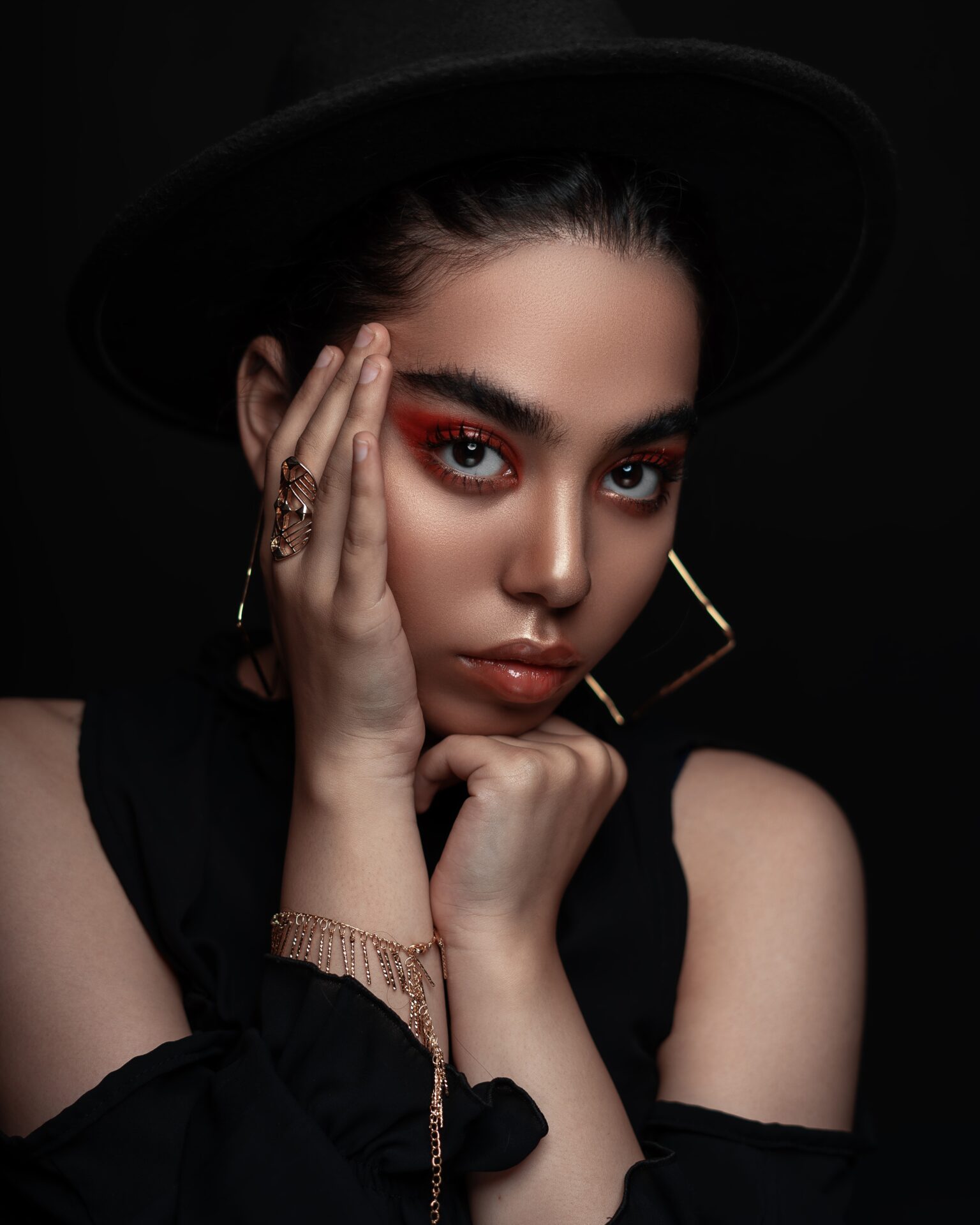
Portrait Photography
Portrait photography is all about capturing the personality, emotions, and individuality of the subject. A portrait photographer’s goal is to create a flattering and dynamic image that showcases the subject in the best light possible. Specialized gear is essential to achieve this goal and create a great portrait.
Body
When it comes to camera bodies, portrait photographers typically use high-resolution cameras with good low-light performance. Factors to consider when choosing a camera body for portrait photography are resolution, low-light performance, and dynamic range. Some recommended camera bodies for portrait photography include the Canon EOS 5D Mark IV, Nikon D780, or the Sony a7 III.
Lens
When it comes to lenses, portrait photographers often use telephoto or short telephoto lenses. Factors to consider when choosing a lens for portrait photography are focal length, aperture, and bokeh. Recommended lenses for portrait photography include the Canon EF 85mm f/1.8 USM, Nikon AF-S NIKKOR 85mm f/1.8G, or the Sony FE 85mm f/1.8.
Lighting
When it comes to lighting, portrait photographers use a variety of lighting techniques to create the perfect look for their subject. Natural light, artificial light, or a combination of both can be used to create a flattering and dynamic image. Factors to consider when choosing lighting equipment for portrait photography are the ability to control the direction and intensity of the light. Recommended lighting equipment for portrait photography includes studio lights, softboxes, reflectors, and continuous lighting.
Accessories
When it comes to accessories, portrait photographers use a variety of equipment to enhance the composition and mood of their images. These can include different backdrops, reflectors, and diffusers, which can be used to change the background, add light, and create the desired mood. Tripods, light stands and triggers, and camera remotes are commonly used to stabilize the camera and allow for more creative compositions and poses. Additionally, Portrait photographers use reflectors to enhance the natural light, add catchlights and to fill in shadows on their subjects faces. They also use diffusers to soften harsh light and provide a more natural and smooth lighting on their subjects. Factors to consider when choosing accessories for portrait photography are portability, ease of use, and the ability to achieve the desired mood and look.
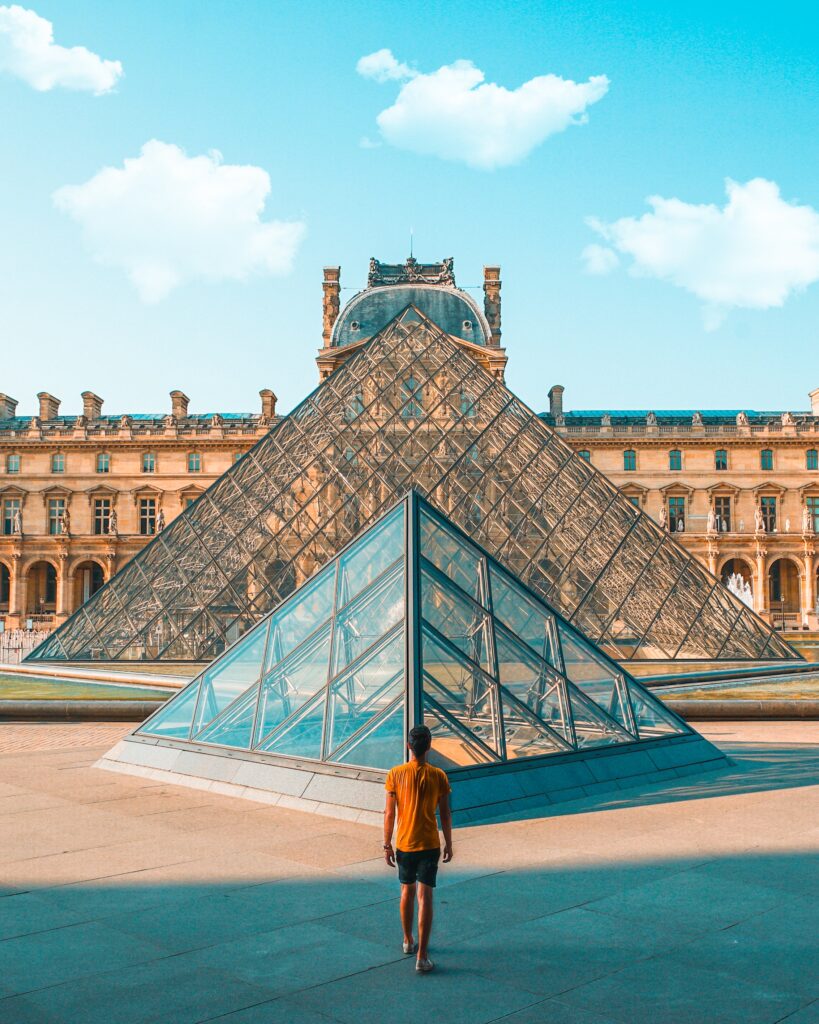
Travel Photography
Travel photography is all about capturing the beauty and wonder of different places and cultures around the world. A travel photographer’s goal is to create a visual diary of the places they visit and the people they meet, to tell the story of their journey. Specialized gear is essential to capture the stunning landscapes, architecture, and people that make up the travel experience.
Body
When it comes to camera bodies, travel photographers typically use high-resolution, lightweight and durable camera bodies. Factors to consider when choosing a camera body for travel photography are resolution, portability and durability. Some recommended camera bodies for travel photography include the Sony Alpha a6600, Fujifilm X-T4 or the Olympus OM-D E-M5 Mark III.
Lens
When it comes to lenses, travel photographers often use wide-angle and zoom lenses. Factors to consider when choosing a lens for travel photography are focal length range, aperture and image stabilization. Recommended lenses for travel photography include the Canon EF 11-24mm f/4L USM, Nikon AF-S NIKKOR 14-24mm f/2.8G ED, or the Sony E PZ 18-105mm f/4 G OSS.

Lighting
When it comes to lighting, travel photographers often rely on natural light, but sometimes use a small portable lighting equipment like flash, speedlight or led light panels. Factors to consider when choosing lighting equipment for travel photography are portability, the ability to control the direction and intensity of the light and its power to help you in low-light situations. Recommended lighting equipment for travel photography includes portable flash units such as the Godox V1 or the Profoto A1X and off-camera flash triggers such as the Phottix Odin II or the PocketWizard Plus IV.
Accessories
When it comes to accessories, travel photographers often need to have a durable and lightweight camera bag to store and protect their gear, a sturdy tripod for stabilizing shots, and a travel-friendly set of polarizing and neutral density filters to enhance landscape and nature shots. Factors to consider when choosing accessories for travel photography are durability, portability, and functionality. Some recommended accessories for travel photography include the Lowepro Pro Trekker 650 AW II, Gitzo GT5563GS Systematic Tripod, or the B+W 72mm Kaesemann High Transmission Circular Polarizer.
The Best gear for Wildlife Photography
Travel photography requires gear that is lightweight, durable and versatile, in order to capture the stunning landscapes, architecture, and people that make up the travel experience. By considering the right camera body, lenses, lighting, and accessories, you’ll be able to take your travel photography to the next level and create stunning images that will tell the story of your journey.
